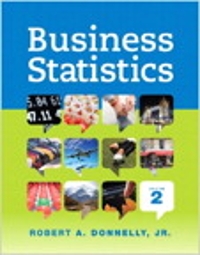Answered step by step
Verified Expert Solution
Question
1 Approved Answer
Please read La Croix is Losing the Sparkling Water Wars (pg. 240-241) and explain what it will take for La Croix to regain its momentum.
Please read "La Croix is Losing the Sparkling Water Wars" (pg. 240-241) and explain what it will take for La Croix to regain its momentum.




Step by Step Solution
There are 3 Steps involved in it
Step: 1

Get Instant Access to Expert-Tailored Solutions
See step-by-step solutions with expert insights and AI powered tools for academic success
Step: 2

Step: 3

Ace Your Homework with AI
Get the answers you need in no time with our AI-driven, step-by-step assistance
Get Started





